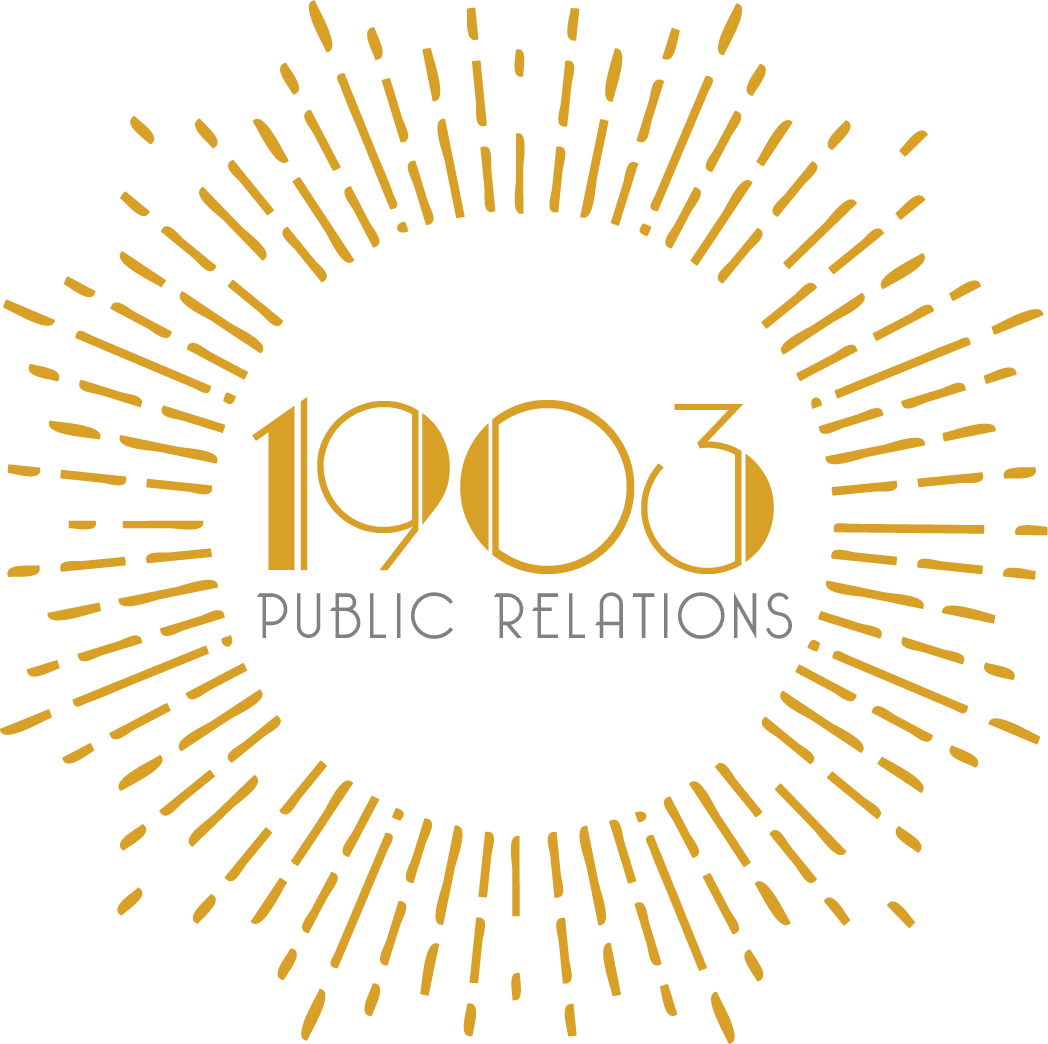By: Celeste Barron, 1903 Public Relations
Global PR campaigns are an impactful way for brands to reach audiences across different countries and cultures—and much more accessible across the digital landscape. But for these campaigns to succeed, they need to really respect and understand the local culture of the audiences they’re hoping to reach. Overlooking cultural differences and perspectives can lead to misunderstandings—or at worst offend people, damaging a brand’s reputation. On the flip side, when brands embrace cultural awareness, they can build trust, stronger connections, and a great reputation worldwide.
Why Culture Awareness Matters
Different cultures have their own traditions, values, and ways of communicating. Something that works well in one country might not make sense—or could even offend—in another. Cultural sensitivity means understanding these differences and adapting campaigns to fit.
This isn’t just about avoiding mistakes. It’s about tailoring messages so they feel authentic and meaningful to people in different parts of the world. Here are some successful and not-so-successful examples of global campaigns developed with cultural sensitivity in mind.
Successful Campaigns
Coca-Cola’s “Share a Coke” Campaign
Coca-Cola’s “Share a Coke” campaign is a great example of how understanding different cultures can make a marketing idea work worldwide. It started in Australia, where Coca-Cola replaced its logo on bottles with popular first names. When the campaign expanded to other countries, they made changes to fit each culture. For instance, in China, where people don’t usually call each other by first names in public, the bottles featured words like “Mom” and “Best Friend,” which matched the importance of family and close relationships in Chinese culture.
This simple but personal touch made the campaign feel special and meaningful to people everywhere. It wasn’t just about selling a soda—it was about creating a fun, shareable experience. The campaign helped increase young adults drinking Coca-Cola by 7% in Australia and boosted U.S. sales by 2%, reversing a 10-year sales decline. By connecting with people on a personal level, Coca-Cola turned a regular bottle into something people wanted to share and talk about, making it one of the most successful campaigns ever.
Nike’s “You Can’t Stop Us” Campaign
Nike’s “You Can’t Stop Us“ campaign is another great example of getting it right. Released during the COVID-19 pandemic, the campaign celebrated human resilience and unity by featuring athletes from many backgrounds and cultures. It included stories that felt local and relatable, like highlighting hijabi boxer Zeina Nassar, showing Nike’s support for diversity and inclusion—and it went viral.
The message of determination and equality connected with audiences worldwide, proving that a campaign can be both global and personal. The inspiration was needed at a time where families were in quarantine during the COVID-19, and it showed in their metrics. The campaign generated $8.95 million in media impact value from 1,067 placements, averaging nearly $8,400 per placement across online and social media platforms. Studies also revealed that 46% of consumers were more likely to buy Nike products after viewing the campaign.
Campaigns Gone Awry
Dolce & Gabbana’s Ad Failure in China
Sometimes, brands get it wrong. Couture powerhouse, Dolce & Gabbana, learned this the hard way in 2018. They ran ads in China showing a Chinese model struggling to eat Italian food like pizza and cannoli with chopsticks. The ads were seen as mocking Chinese culture and sparked outrage. Things got worse when one of the brand’s founders reportedly made offensive comments about China in leaked messages. (They claimed their social media accounts were hacked.)
Despite the video ad being removed within 24 hours of going live, the backlash was massive. A major fashion show in Shanghai was canceled, and many Chinese customers boycotted the brand, costing them dearly in reputation and sales. This shows how ignoring cultural sensitivities can have serious consequences. In the fiscal year ending March 2019, the Asia-Pacific region’s contribution to Dolce & Gabbana’s total revenue decreased from 25% to 22%. Their stock price also plummeted by $37.6 billion within just eight days.
KFC’s Kristallnacht Alert in Germany
In 2022, KFC faced backlash in Germany for a promotional alert tied to a highly sensitive historical event. The fast-food chain sent a push notification encouraging customers to celebrate Kristallnacht—“the Night of Broken Glass”—with its cheesy chicken. This 1938 event marked the beginning of violent Nazi attacks on Jewish communities and remains a somber day of remembrance in Germany.
The message was widely condemned for its insensitivity. KFC later apologized and blamed the mistake on an automated system, but the damage was done. The incident highlighted the dangers of failing to properly vet messaging in culturally or historically significant contexts, reinforcing the importance of human oversight in global campaigns. (And added human oversight on automated platforms involved in the campaign.)
Lessons for Global PR Success
- Do Your Research: Understand the culture, traditions, and values of your audience. Work with local experts when possible.
- Don’t Assume One Size Fits All: Messages that work in one place might not work everywhere. Adapt your approach for each market.
- Celebrate Diversity: Highlight what makes each culture unique instead of treating them all the same.
- Test Your Campaign: Try a small rollout first to catch potential issues before they become big problems; focus groups are also very effective.
- Check for Topical Events: Before launching a campaign, monitor the news in your target market for any significant events that could overshadow or make your campaign appear insensitive. Adjust or pause if needed to ensure your message aligns with current events
Cultural Sensitivity is Paramount
Cultural sensitivity isn’t just a box to check on mission and values—it’s essential for brands that want to connect with global audiences. Campaigns like Coca-Cola’s and Nike’s show how understanding and respecting cultural differences can lead to success. On the other hand, missteps like Dolce & Gabbana’s and KFC’s remind us how easily things can go wrong when sensitivity is ignored (or automated without follow up).
Making your global PR campaigns stand out while respecting and celebrating cultural differences is essential for success. At 1903 Public Relations, we specialize in crafting thoughtful, culturally aware strategies that resonate with diverse audiences and avoid costly missteps. Whether you’re launching a campaign in a new market or looking to refine your global messaging, our team is here to guide you every step of the way.
Schedule a Meeting Today


